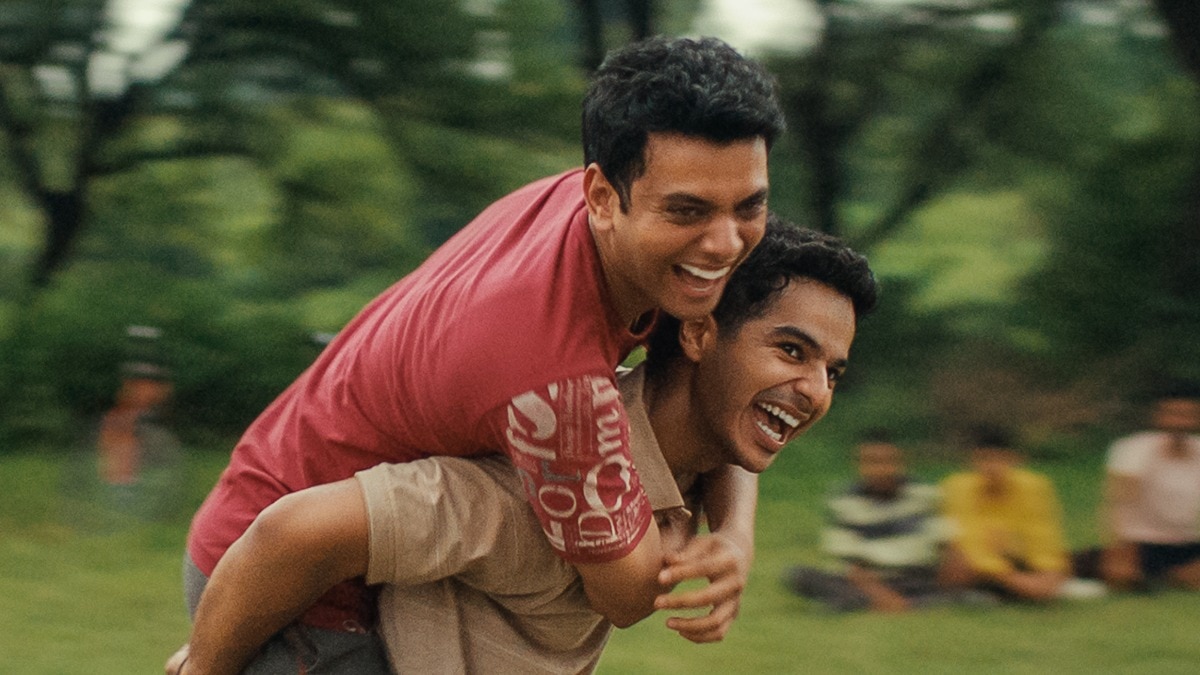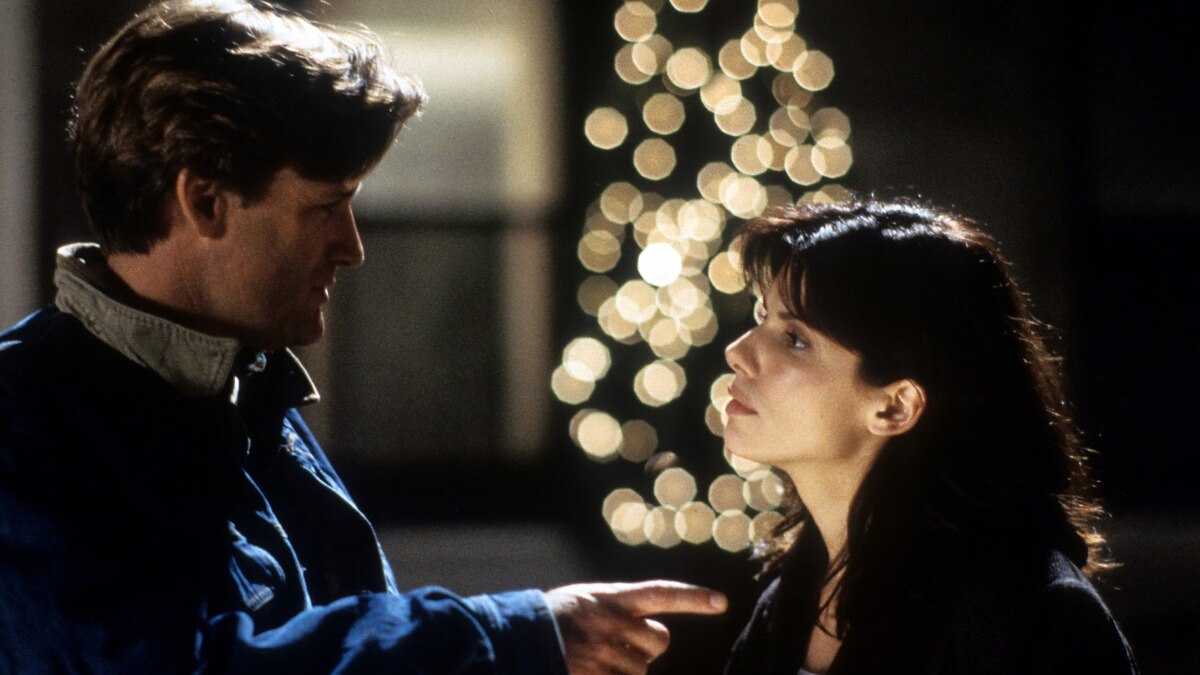
These typography artists are introducing vernacular fonts to their creations
From the flowing curves of Devanagari to the intricate loops of Tamil, these scripts not only convey language but also embody a visual narrative deeply rooted in history and culture.


Filmmaker Kiran Rao’s latest movie, Laapataa Ladies (2023), is all heart. Not only does it tug at the heartstrings with its small-town narrative about switched identities and serendipitous discoveries of self, but it also stands out for its title lettering, designed by Ek Type, a collective of type designers spearheaded by their focus on designing contemporary Indian typefaces.
Conceptualised and designed by Noopur Datye, the lettering for Laapataa Ladies was done in English, Hindi, and Urdu. The lettering was so appreciated that the collective decided to use it to create a new font called Abah. Girish Dalvi, a faculty member at IDC School of Design, IIT Bombay, and co-founder of Ek Type, emphasises the importance of understanding and appreciating the shapes of letters in typography and type design. He tells us that there is a threat to the quality and equality of letters, particularly in the context of Indian languages being treated as secondary to English in design processes. “There is a need to create letters collectively as a response to this inequality, promoting design diversity and inclusivity,” he says, adding that the collective is committed to open source, and takes pride in seeing their fonts being used in everyday communication.

India’s linguistic landscape is a testament to its rich cultural heritage, boasting a myriad of languages, each adorned with a unique script that reflects centuries of tradition and evolution. From the flowing curves of Devanagari to the intricate loops of Tamil, these scripts not only convey language but also embody a visual narrative deeply rooted in history and culture. The diversity of Indian scripts serves as a wellspring of inspiration for artists and designers, offering a canvas where tradition meets innovation in a harmonious blend of aesthetics.
India has been witnessing a revival of typography artists who are bringing an alternate perspective to Indian scripts, and melding linguistic influences to birth unique and distinct types.
BUILDING A LEGACY
Thirty-two-year-old visual artist and type enthusiast Yash Prajapati believes vernacular typography, much like any form of typography, begins with a phase of exploration. “In the initial stages, I immerse myself in experimenting with various letterforms and shapes until I find a design that shows promise. I aim to maintain a contemporary aesthetic, even when incorporating phrases from Hindi and Urdu. Occasionally, I also use imagery and juxtaposition to add impact and variety to the work,” he says.
Inspiration, for Yash, often strikes more spontaneously for personal projects. For instance, he recently read a poem that deeply resonated with him, inspiring Prajapati to create a piece based on one of its verses.

But how does one preserve the integrity of old scripts while giving it a contemporary update? Prajapati mentions the Devanagari and Nastaliq (one of the main calligraphic hands used to write the Perso-Arabic script) scripts, which boast exquisite glyphs and letterforms, distinct in structure from the Latin alphabets used in English. Despite being raised in a Hindi-speaking household, he has always carried a deep love for Urdu. “It sounds beautiful, and the intricate structure of the Nastaliq script appeals to the typography nerd in me. For a few years now, I’ve been slowly learning to read and write Urdu as well. I’m far from being fluent, but it’s a long-term target that’s very much my type,” Prajapati chuckles.
HONOURING THE PAST
Vancouver-based artist and designer Jessie Sohpaul, who has roots in India, has been using the Gurmukhi script actively in his works, giving it a contemporary spin on artwork and merchandise, among others. For the uninitiated, the Punjabi language is known as the Gurmukhi script. The script is also called painti because it has a total of 35 letters. In Punjabi, the number 35 is called painti.
My experience heavily influences my work as a first-gen.eration born into a Punjabi immigrant family and raised in Canada. I draw from street art as well as traditional South Asian visual metaphors and scripts. Working with traditional and digital media, I aim to capture the energy and strength that I grew up around while honouring my Punjabi heritage,” Sohpaul tells Bazaar India.
Dalvi puts it succinctly when he says the street is a canvas filled with letters. “We encounter letters everywhere, yet they possess a unique quality that renders us almost blind to their shapes. Just as we are aware of trees but rarely focus on their individual forms, we know letters exist but seldom register their specific designs,” he says.

A key aspect of training to become a type designer involves developing sensitivity to these shapes. “In our typography and type design courses, we often take students on walks, particularly through old bazaars, encouraging them to observe and study the lettering. These letters not only integrate with the surrounding culture but also reflect its values and nuances,” says Dalvi.
Lead image credit: Yash Prajapati and Ek Type
This article first appeared in Harper's Bazaar August print issue.
Also read: Why the female form is revered in history but censored in modern art










